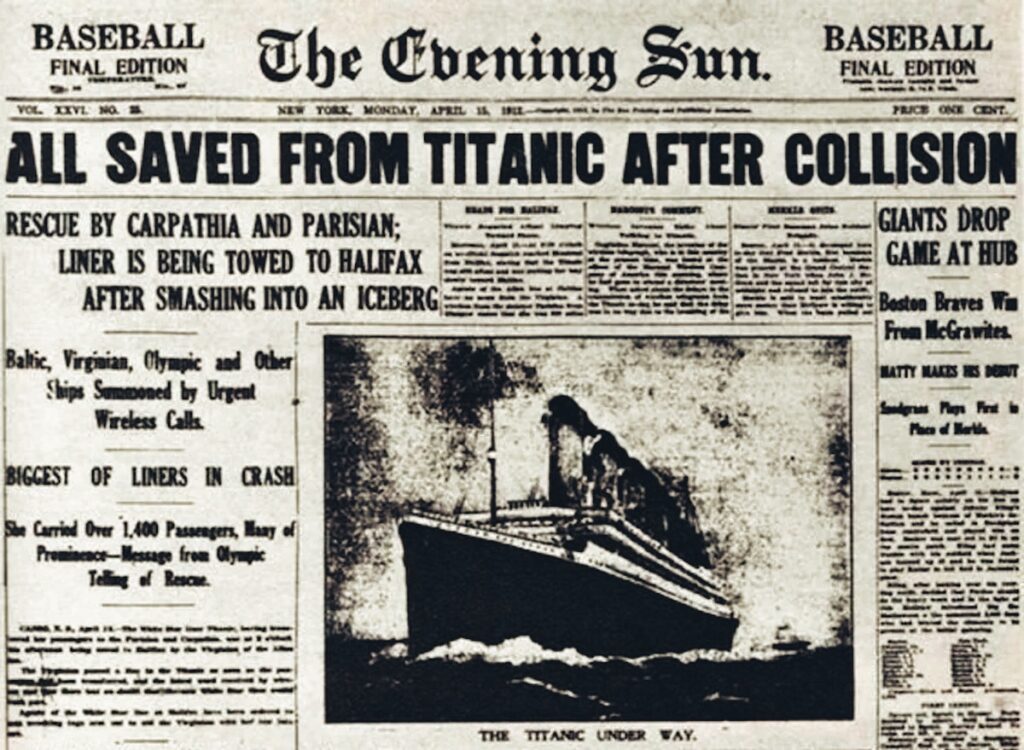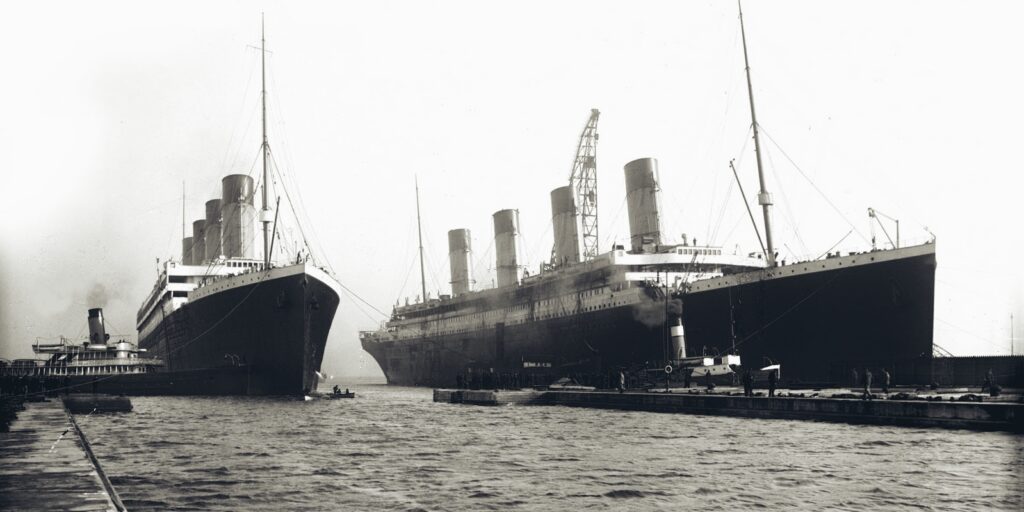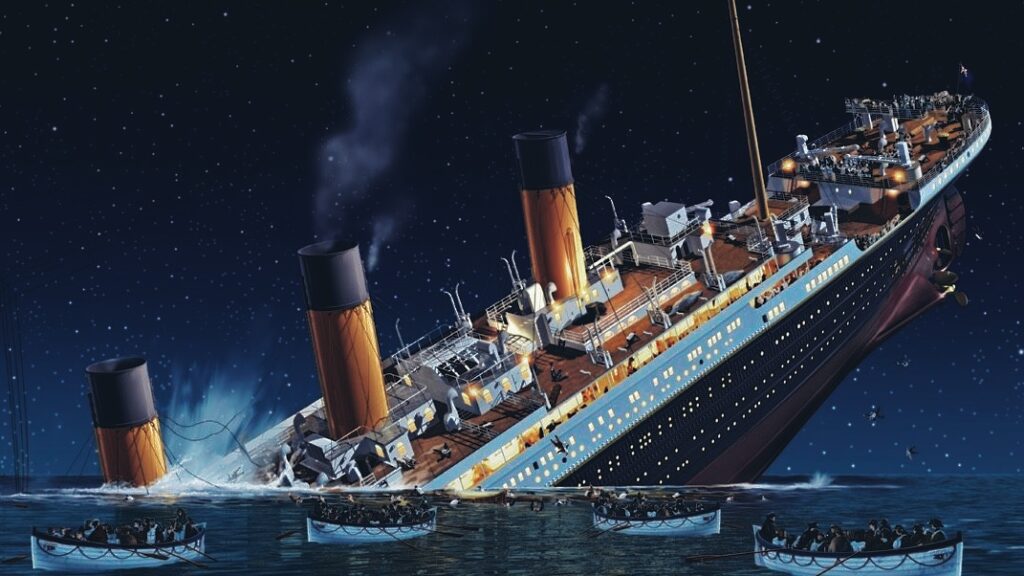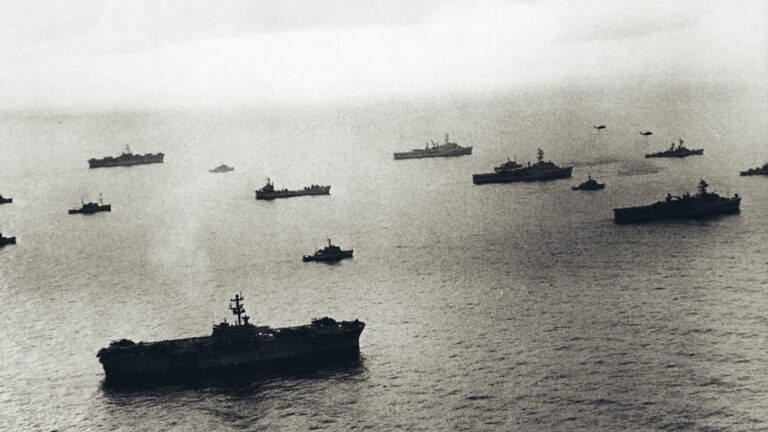John Hamer is a historian and author who has written extensively on the Titanic conspiracy, revealing how it was switched with its sister ship, the Olympic.
The Titanic disaster may have been exacerbated by corporate and individual actions that prioritized speed and prestige over safety.
Robin Gardiner, author of Titanic: The Ship That Never Sank?
The official story
Iit was a British passenger liner that sank in the northern Atlantic in 1912, after colliding with an iceberg during its maiden voyage from Southampton to New York. The ship was operated by the White Star Line and was considered to be one of the most luxurious and technologically advanced ships of its time.
It struck an iceberg close to midnight, causing massive damage to its hull. As the ship was not equipped with a sufficient number of lifeboats to save all the passengers and crew, the evacuation process was chaotic and a lot of people died.

The Titanic‘s distress signals were picked up by nearby ships, most notably the RMS Carpathia, which arrived on the scene several hours later and rescued the survivors. However, despite the efforts of the Carpathia and other vessels, more than 1500 people drowned.
The inquiries into the Titanic’s sinking were influenced by the desire to protect certain interests, leading to a narrative that may not fully account for all contributing factors.
Charles Haas and John Eaton, Titanic historians
The switch
Hamer argues that the official story is false, suggesting that the Titanic’s sister ship, the RMS Olympic, was intentionally damaged and then switched with the Titanic before its maiden voyage.

The plan was that the White Star Line, the operator and owner of both ships, would exploit their extreme similarity to trick passengers and the insurance company. They would switch the nameplates of the two ships and make it appear as if the Titanic (which would actually be the Olympic) accidentally hit an iceberg, followed by evacuating all passengers onto a passing vessel, the SS Californian, and then claim the insurance money without losing any lives.
Simple enough.
Plus, the Olympic had electrical problems from the start and suffered severe damage in a collision with the Royal Navy ship HMS Hawke.
The plan, however, did not go as intended.
The SS Californian failed to respond to the distress signals, leading to the loss of 1,500 lives. The White Star Line ended up paying millions in compensation claims. Players involved were JP Morgan, the Federal Reserve, and more.
Here’s my conversation with John.
Photographic evidence and eyewitness accounts suggest there may have been flaws in the Titanic’s construction that were overlooked in the official inquiry.
Senan Molony, journalist and Titanic researcher




